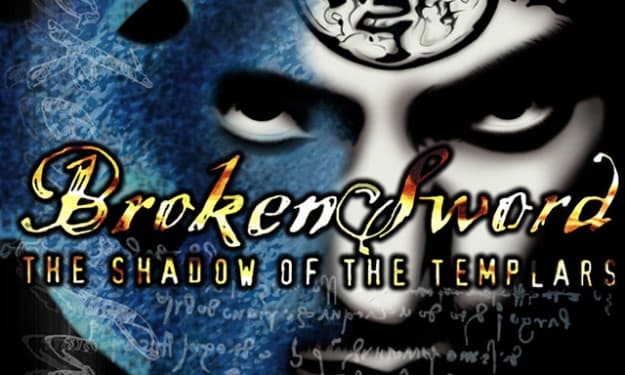Eternal Expressions: Navigating the Timeless Power and Evolution of Art
A Journey Through Centuries: From Emotional Resonance to Technological Frontiers
Introduction:
Art has been an integral part of human civilization for centuries, serving as a mirror reflecting our emotions, cultures, and societal evolution. From the ancient cave paintings to the avant-garde masterpieces of the 21st century, art has consistently proven to be a powerful medium of expression, transcending time and cultural boundaries. In this exploration, we delve into the multifaceted dimensions of art, unraveling its profound impact on the human experience.
Art as a Reflection of Humanity:
At its core, art is a reflection of the human experience, capturing the essence of our emotions, beliefs, and aspirations. It serves as a visual language that transcends linguistic and cultural barriers, allowing individuals from different walks of life to connect on a deep, emotional level. Whether it's a Renaissance painting, a classical symphony, or a contemporary sculpture, each artistic creation provides a unique lens through which we can view and understand the world.
The Evolution of Artistic Expression:
Artistic expression has evolved over the centuries, adapting to the changing landscapes of society, politics, and technology. From the classical period's emphasis on form and symmetry to the abstract experimentation of the modern era, artists have continuously pushed boundaries, challenging conventional norms and perceptions. This evolution not only reflects the spirit of the times but also contributes to the cultural tapestry that defines each era.
Art as a Catalyst for Change:
Throughout history, art has played a pivotal role in sparking social and political change. Iconic works such as Picasso's "Guernica" and Goya's "The Third of May 1808" stand as powerful visual testimonies to the impact of war and human suffering. Art has the ability to awaken our collective conscience, prompting us to question societal norms and advocate for justice. It serves as a catalyst for social movements, empowering individuals to envision a better, more equitable world.
The Emotional Resonance of Art:
One of the most remarkable aspects of art is its ability to evoke a wide range of emotions. Whether it's the melancholy of a blues song, the awe-inspiring beauty of a landscape painting, or the visceral intensity of a dramatic play, art has the power to tap into the depths of human emotion. This emotional resonance creates a profound connection between the artist and the audience, fostering empathy and understanding.
Art as Therapy and Healing:
Beyond its societal and political impact, art also holds therapeutic value. Art therapy has emerged as a powerful tool for individuals facing mental health challenges, providing a non-verbal outlet for self-expression. The act of creating art can be a cathartic experience, allowing individuals to explore and process their emotions in a safe and constructive way. From painting and sculpture to dance and music, artistic expression becomes a form of healing, bridging the gap between the internal and external worlds.
The Intersection of Technology and Art:
In the 21st century, technology has introduced new dimensions to artistic expression. Digital art, virtual reality installations, and interactive multimedia experiences redefine the boundaries of traditional art forms. Artists now have unprecedented tools at their disposal, enabling them to explore innovative ways of engaging with audiences. This intersection of technology and art not only expands the possibilities for creative expression but also challenges our perceptions of what art can be.
Conclusion:
Art, in its myriad forms, remains a testament to the depth and richness of the human experience. It is a dynamic force that transcends time and space, weaving a narrative that connects individuals across cultures and generations. From the earliest cave drawings to the cutting-edge digital installations of today, art continues to evolve, reflecting the ever-changing landscape of our collective consciousness. In a world that is constantly in flux, art stands as a timeless anchor, reminding us of our shared humanity and the boundless potential of human expression.






Comments
There are no comments for this story
Be the first to respond and start the conversation.